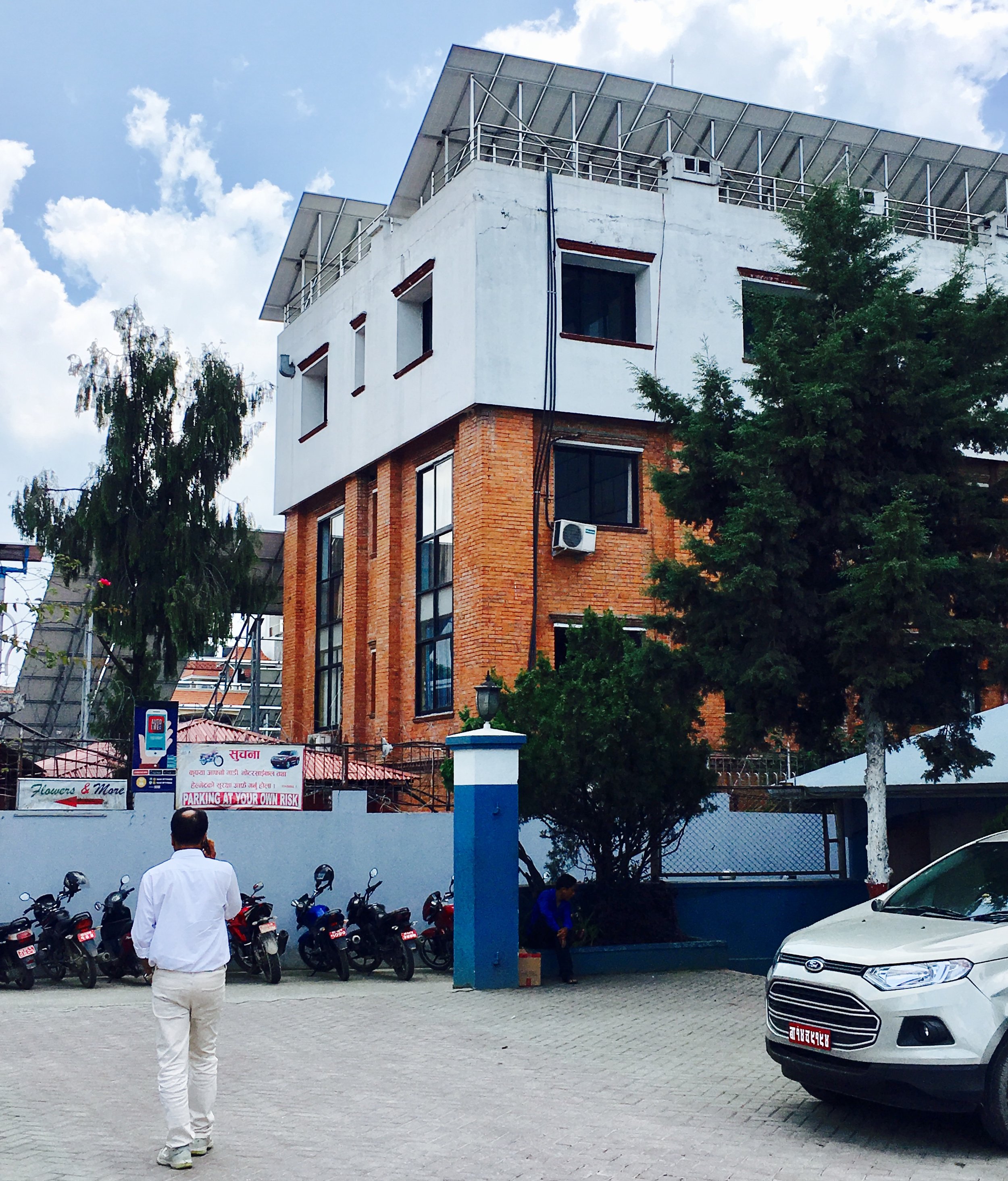"Load-shedding" in KATHMANDU
Nepal Electricity Authority supplies an app that provides alerts to load-shedding, a term used for the daily scheduled and unscheduled power cuts. Shops, banks, government departments, NGOs, hospitals, hotels and any businesses that can afford a diesel generator can anticipate the break in supply and be ready to throw the switches on thousands of diesel generators that billow out another layer of exhaust fumes to an already grim atmospheric mix over the city.
Nepal largely depends on two sources of power, hydro and imported power from India (around 25%). It has the potential to develop more hydro, but this will probably happen slowly due to the complicated and costly demands made by a challenging topography, hydrology and geology plus the additional variability of climate change. Surprisingly, wind and solar options seem to have little support. Wind data for Nepal is poor, but the mountainous country is believed to have enormous potential for wind generation. On the other hand, solar potential is a known. In Kathmandu, solar radiation per m2/day is similar to that in Western Australia, and it receives 300 days of sun per year.
There are a few signs of progress in distributed solar, however. The Norwegian embassy has set a great example with an impressive shade structure array for the embassy car pool, several buildings have PV shade structures on flat roofs and a few more have utilised the existing appropriate roof pitch. India to the south and China to the north are now among the world leaders in PV and storage. Maybe Nepal will soon follow.


